A Quick and Easy Guide to Using Mulch
Team PlantTAGG2023-06-16T07:29:54-06:00Using mulch offers many benefits – it can help your plants grow, suppress weeds, add nutrients to the soil, retain soil moisture, and assist your plants in staying warm in the winter and cool in the summer. Additionally, it serves an aesthetic purpose and provides a polished look to your garden area, including vegetable gardens and flower beds.
If done correctly, using mulch in your garden means you’ll spend less time weeding, watering and fighting pests, and more time enjoying your residential garden.
The best type of mulch depends on your location, plant type, soil type, and weather. In this blog post, we’ll take a look at the types of mulch and how to install it so that you can make a decision about which one is best for you.
Organic vs. Inorganic Mulch
When choosing between organic and inorganic mulch, consider the following. The most common types of inorganic mulch are gravel and rocks, landscape fabric, and rubber mulch. Inorganic mulch won’t add nutrients to the soil, and some may block the soil below from absorbing nutrients. They do not decompose, or they may break down over a very long period. They typically won’t help the soil retain moisture and do not offer protection from winter weather. Inorganic mulch can, however, add a desired aesthetic to your garden and can help suppress weeds. While these products may cost more initially than their organic counterparts, they may end up being more cost-efficient in that they don’t have to be replaced or topped off as often.
On the other hand, organic mulch varieties include bark, straw and pine needles. Organic mulch adds beneficial nutrients to the soil and helps conserve water while also suppressing weeds and acting as a plant regulator for hot and cold weather. However, due to its nature, you will need to replace and refresh organic varieties regularly, adding to the overall cost of your gardening project.
Types of Mulch for Residential Gardens
Pine Bark – Pine bark is obtained easily at garden stores and doesn’t break down as quickly as other organic mulches. Pine bark allows water to penetrate to the soil and is an excellent choice for acid-loving plants, but also note that it is relatively lightweight and can wash away easily.
Straw – Straw can be readily available, depending on where you live, and it is often quite cheap. Be sure, though, to choose a quality product as straw can contain weed seeds. Frequently, straw is used in vegetable gardens or as a cover for newly seeded lawns. As the straw breaks down, it adds nitrogen to the soil. If you live in a windy area, straw will blow away.
Pine Needles – Pine needles also can be used around plants. They compact down very easily. However, note that they will increase the acidity of the soil.
Cedar – Cedar is an excellent insect repellent and great for acid-loving plants.
Compost – Compost can be purchased or made in your backyard! It can boost the nutrients of the soil. Be sure to use well-aged compost to avoid damaging sensitive plants.
Leaves – Look no further than your yard for this option to protect plants during the winter. You can mulch leaves with a lawnmower, making it super easy and cost-efficient.
Fresh Wood Chips – Fresh wood chips from a tree you had removed recently should be aged at least six months before being used as mulch. Fresh wood chips should not be used sooner because soil microbes present in the chips can take away nitrogen from the soil and stunt the growth of your plants. In addition, fungus may be present in the chips, which you would not want to spread around your garden.
Gravel/Rock – Rocks can add a unique aesthetic to your yard or garden and can deter weeds. The upfront cost may be higher, but gravel and rocks rarely need to be topped off. Note that rocks can increase the temperature of the soil during summer months, affecting the moisture levels of soil and potentially damaging the roots of sensitive plants. Gravel or rock is best used with drought-tolerant plants. Gravel and pebbles are nice options for walkways, paths and play areas.
Plastic Sheeting – It seems like gardeners either love or hate plastic sheeting. While effective at suppressing weeds, it does not allow water to penetrate the soil and can block air and nutrients. Some opt to install a drip irrigation system under the sheeting. Use care if you are considering plastic sheeting around plants or shrubs with large root spreads. Plastic sheeting is covered with another type of mulch frequently for a more attractive appearance.
Landscape Fabric – Landscape fabric can suppress weeds, but it also lets the soil below breathe and take in air and nutrients. As with plastic sheeting, landscape fabric is covered with another type of mulch to enhance aesthetic appeal. Note that it can breakdown pretty quickly and require replacement.
Rubber Mulch – Rubber mulch can be made from old, recycled tires. Available in a variety of colors, it can help in weed suppression and water retention. However, rubber mulch is the most flammable and can leach toxins into the environment. Likewise, it will remain in soil for a long time and does not decompose.
How to Install Mulch
The first step after determining the right type of mulch for your garden is to calculate how much you will need to complete your project. Determine the square footage of the area and, for most types, plan on at least two inches of coverage. There are several mulch calculators available online that will tell you how many bags you need based on square footage, type of material and depth of application. Here’s a handy one: https://www.thecalculatorsite.com/construction/mulch-calculator.php
Once you’ve determined how much mulch you’ll need, you’re ready to install it:
- Prepare the area – Make sure you take care of any weeds and make any amendments to the soil, if necessary.
- Spread the mulch – When it’s time to spread it, leave several inches between the mulch and the base of your plants as piling it against the plants can encourage pests and disease.
- Even the layers – Be sure to create an even layer throughout your garden area. Creating too thick a layer can encourage tree roots to grow into the mulch rather than the soil. When roots grow into the mulch, they become less drought-resistant and a great place to harbor insects.
- Water your garden – Finally, give the area a gentle watering.
Mulch is an excellent addition to any garden. The best time to add it is in spring around planting time and fall to help protect plants that may not be cold hardy.
If you’re looking for help in setting up a new garden, we would love to help! With PlantTAGG, setting up your yard and garden is fast and simple – and we take the worry out of home plant care.
Best of all, it’s free to use – text ‘PLANTS’ to 46376 to get started!



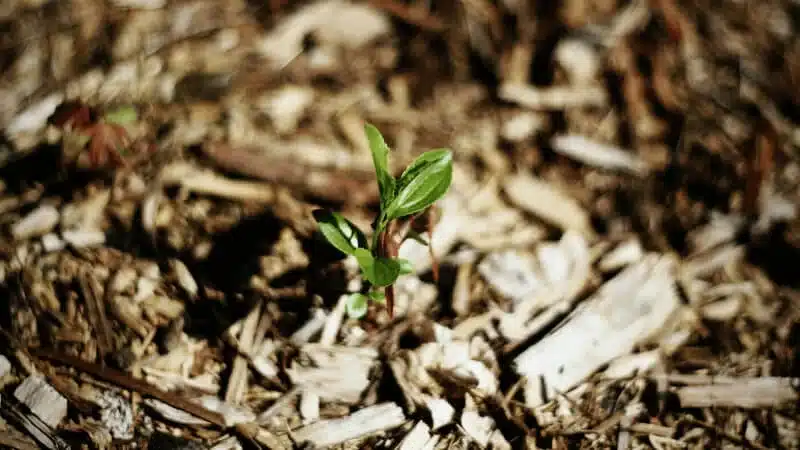

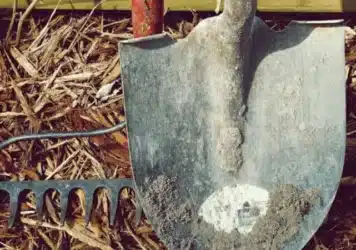
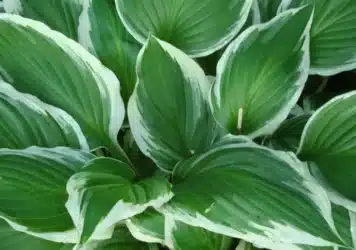

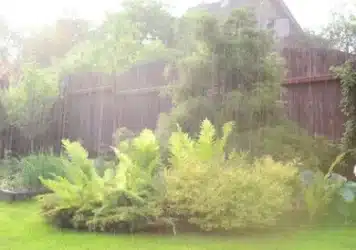
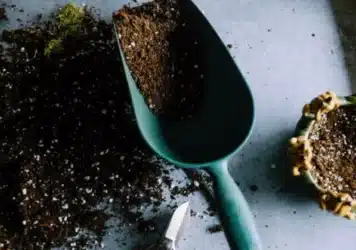
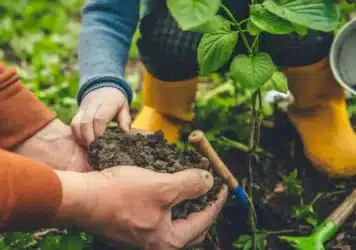



Leave a Reply